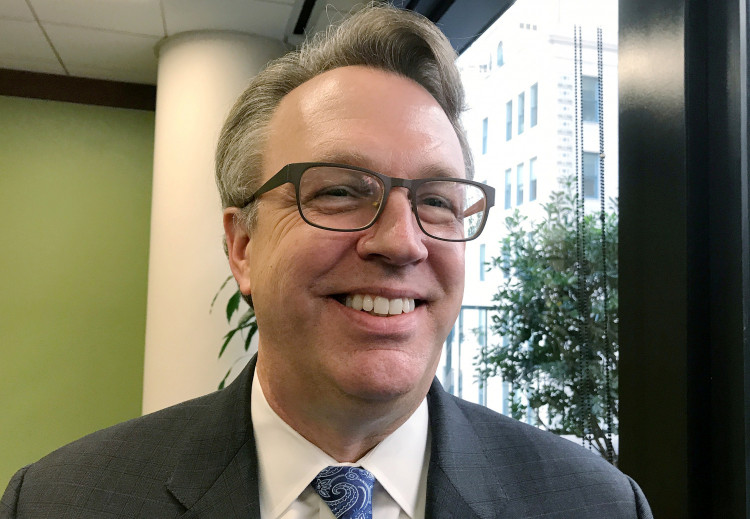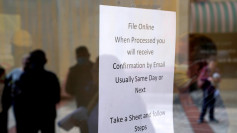The Federal Reserve raised the target range for the federal fund's rates to 2 to 2 to-1/4 percent. While this was the bank's eighth rate since 2015, the move has also been the third time this year after the central bank hiked rates in March and June.
The Fed is also hinting of plans to hike rates one more time before 2018 ends. Federal Reserve Bank of New York President John Williams said the Fed has also plans of raising interest rates three times more in 2019.
President Donald Trump said he was not pleased about the Fed's move but stressed that the decision was an indication of a strong U.S. economy.
In its announcement last week, the central bank said it decided to increase interest rates over expected labor market conditions and inflation as discussed in a Federal Open Market Committee in August. At the time, the committee saw that the U.S. labor market and the economy continued to strengthen.
Specifically, the unemployment rate slowed in the months before August. Inflation remained at a balanced rate of 2 percent and estimated to stay that way in the long term.
Fed underlined that gradual increases of the federal funds rate that is expected to happen will remain consistent with the sustained expansion of economic activity and stronger labor market conditions. The Fed committee emphasized that risks to the positive economic outlook are seemingly roughly balanced.
Fed officials assured that they are working on bringing interest rates back to neutral levels without hampering the expanding U.S. economy. Williams said Fed officials are working on a neutral rate of about 3 percent but nothing is official yet at this point. Raising rates hastily could hamper the nation's recovery from the 2008 recession while putting it off will result in uncontrolled price increases and potential market bubbles.
Still, Williams explained that achieving neutral rate is just one among the many factors to be considered when adjusting the federal interest rates. Factors include wage growth, inflation, employment growth, and GDP growth. The committee is taking into consideration not just the market behavior nationally but also on international levels.
Elsewhere, some analysts warned that the Fed would have to tread carefully with how it balances the U.S. yield curve.
Philip Marey, the senior U.S. strategist at Rabobank, believed there is the probability that the U.S. yield curve will shift by the end of 2019. An inverted yield curve may indicate that there is a 50 percent chance that recession may happen by 2020 with a 100 percent chance of happening by early 2021.






